Filter by
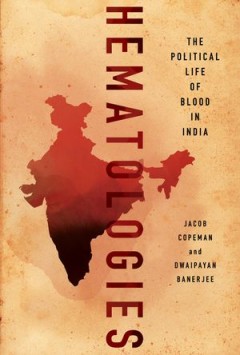
Hematologies : The Political Life of Blood in India
In this ground-breaking account of the political economy and cultural meaning of blood in contemporary India, Jacob Copeman and Dwaipayan Banerjee examine how the giving and receiving of blood has shaped social and political life. Hematologies traces how the substance congeals political ideologies, biomedical rationalities, and activist practices.Using examples from anti-colonial appeals to blo…
- Edition
- -
- ISBN/ISSN
- 1501745115, 9781501745119
- Collation
- -
- Series Title
- -
- Call Number
- -
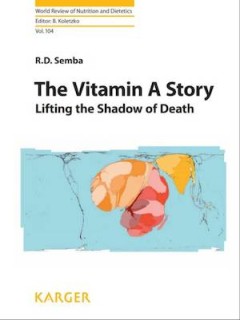
The Vitamin A Story : Lifting the Shadow of Death
This book shows how vitamin A deficiency – before the vitamin was known to scientists – affected millions of people throughout history. It is a story of sailors and soldiers, penniless mothers, orphaned infants, and young children left susceptible to blindness and fatal infections. We also glimpse the fortunate ones who, with ample vitamin A-rich food, escaped this elusive stalker…
- Edition
- -
- ISBN/ISSN
- 9783318021882
- Collation
- -
- Series Title
- -
- Call Number
- -
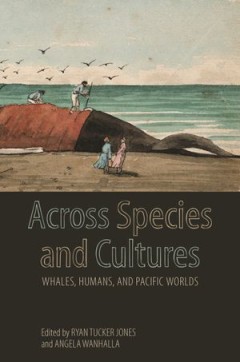
Across Species and Cultures (PDF) Whales, Humans, and Pacific Worlds
More than any other locale, the Pacific Ocean has been the meeting place between humans and whales. From Indigenous Pacific peoples who built lives and cosmologies around whales, to Euro-American whalers who descended upon the Pacific during the nineteenth century, and to the new forms of human-cetacean partnerships that have emerged from the late twentieth century, the relationship between the…
- Edition
- -
- ISBN/ISSN
- 9780824892135
- Collation
- -
- Series Title
- -
- Call Number
- -
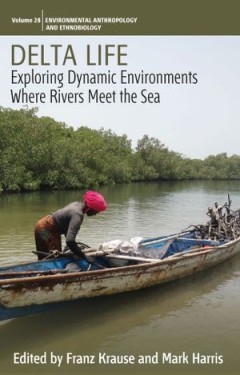
Delta Life Exploring Dynamic Environments where Rivers Meet the Sea
Proposing a series of innovative steps towards better understanding human lives at the interstices of water and land, this volume includes eight ethnographies from deltas around the world. The book presents ‘delta life’ with intimate descriptions of the predicaments, imaginations and activities of delta inhabitants. Conceptually, the collection develops ‘delta life’ as a metaphor for ap…
- Edition
- -
- ISBN/ISSN
- 9781800731240
- Collation
- -
- Series Title
- -
- Call Number
- -
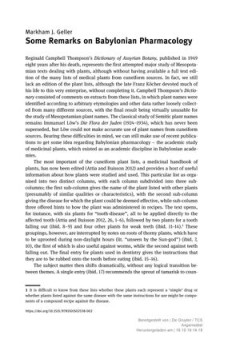
Chapter Some Remarks on Babylonian Pharmacology
This volume brings together contributions covering different periods of the history of ancient pharmacology and medical writing, from Greek, Byzantine, and Syriac medicine to the Rabbinic-Talmudic medical discourses. It highlights the overwhelming mass of information about drugs and remedies in classical and late-antique sources, and traces the transmission and transformation of pharmacological…
- Edition
- -
- ISBN/ISSN
- 9781501502538
- Collation
- -
- Series Title
- -
- Call Number
- -

Chapter 6 Optogenetic actuation, inhibition, modulation and readout for neuro…
- Edition
- -
- ISBN/ISSN
- -
- Collation
- -
- Series Title
- -
- Call Number
- -
- Edition
- -
- ISBN/ISSN
- -
- Collation
- -
- Series Title
- -
- Call Number
- -
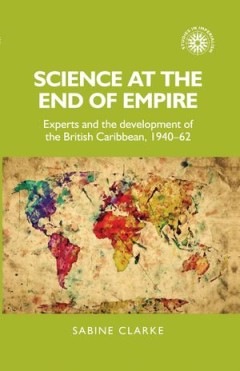
Science at the end of empire
This book produces a major rethinking of the history of development after 1940 through an exploration of Britain’s ambitions for industrialisation in its Caribbean colonies. Industrial development is a neglected topic in histories of the British Colonial Empire, and we know very little of plans for Britain’s Caribbean colonies in general in the late colonial period, despite the role played …
- Edition
- -
- ISBN/ISSN
- 9781526131409
- Collation
- -
- Series Title
- -
- Call Number
- -
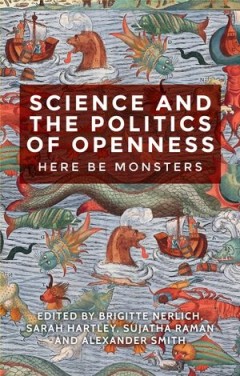
Science and the politics of openness
The phrase ‘here be monsters’ or ‘here be dragons’ is commonly believed to have been used on ancient maps to indicate unexplored territories which might hide unknown beasts. This book maps and explores places between science and politics that have been left unexplored, sometimes hiding in plain sight - in an era when increased emphasis was put on 'openness'. The book is rooted in a prog…
- Edition
- -
- ISBN/ISSN
- 9781526106476
- Collation
- -
- Series Title
- -
- Call Number
- -
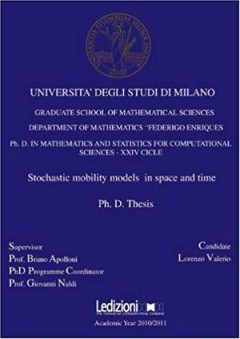
Stochastic mobility models in space and time
An interesting fact in nature is that if we observe agents (neurons, particles, animals, humans) behaving,or more precisely moving, inside their environment, we can recognize – tough at different space or time scales – very specific patterns. The existence of those patterns is quite obvious, since not all things in nature behave totally at random, especially if we take into account thinking…
- Edition
- -
- ISBN/ISSN
- 9788867050710
- Collation
- -
- Series Title
- -
- Call Number
- -
Epigenetics and periconception environment
The European Cooperation in Science and Technology (COST) is the oldest and widest European intergovernmental network for cooperation in research. Established by the Ministerial Conference in November 1971, COST is presently used by more than 30.000 scientists of 35 European countries to cooperate in common research projects supported by national funds. The financial support for cooperation net…
- Edition
- -
- ISBN/ISSN
- 9788867055043
- Collation
- -
- Series Title
- -
- Call Number
- -
 Computer Science, Information & General Works
Computer Science, Information & General Works  Philosophy & Psychology
Philosophy & Psychology  Religion
Religion  Social Sciences
Social Sciences  Language
Language  Pure Science
Pure Science  Applied Sciences
Applied Sciences  Art & Recreation
Art & Recreation  Literature
Literature  History & Geography
History & Geography